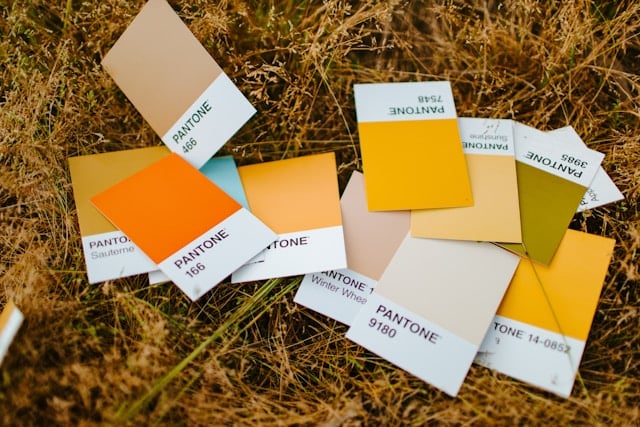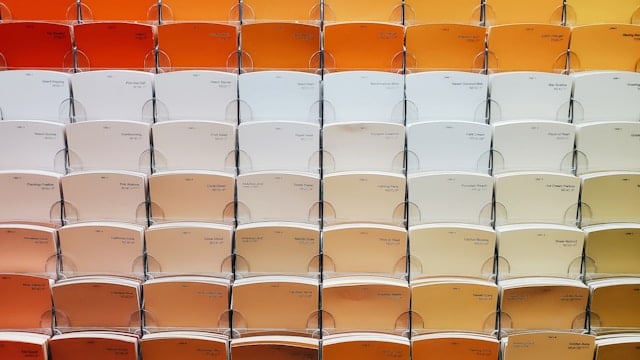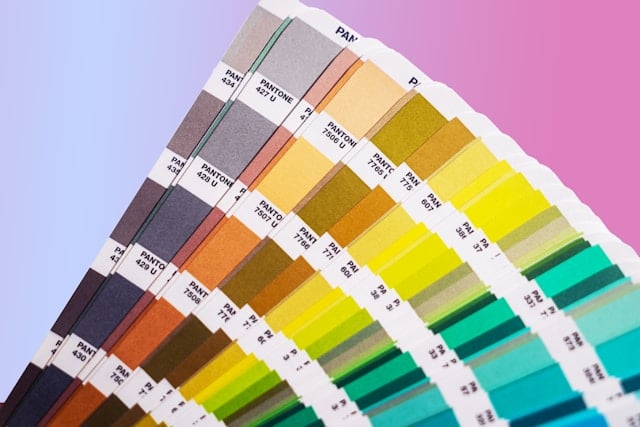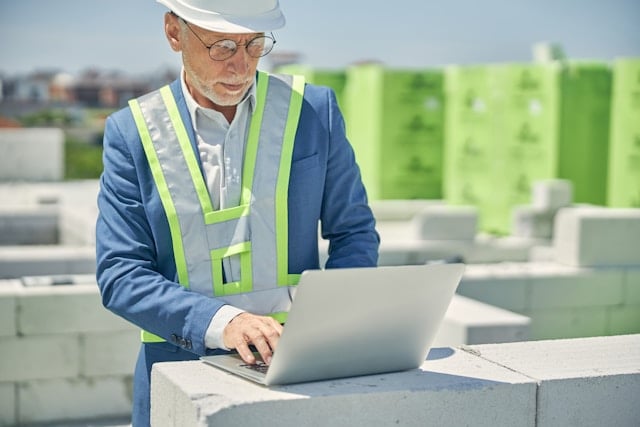Advanced Construction Materials: Revolutionizing Infrastructure Projects in Arid Environments

Building in arid environments presents unique challenges—extreme heat, lack of water, and the need for materials that can withstand these harsh conditions. However, advances in construction materials are revolutionizing how infrastructure projects are executed in regions like the UAE, Saudi Arabia, and other arid areas. These cutting-edge materials not only ensure durability but also improve sustainability, efficiency, and cost-effectiveness.
1. High-Performance Concrete
Traditional concrete may struggle in arid climates due to water evaporation during curing, which can lead to cracking and reduced strength. However, high-performance concrete (HPC) addresses these issues with improved mix designs that enhance durability, reduce permeability, and extend the material's lifespan. HPC is ideal for infrastructure projects like roads, bridges, and buildings that need to withstand extreme temperatures.
2. Fiber-Reinforced Polymers (FRP)
Fiber-reinforced polymers are gaining popularity in arid environments due to their resistance to corrosion and ability to handle high-stress loads. FRPs are lightweight and strong, making them an excellent choice for reinforcing structures in areas where traditional materials, such as steel, would degrade quickly due to heat and moisture. FRPs are commonly used in bridges, pipelines, and other key infrastructure elements.
3. Reflective Roofing Materials
In arid climates, where heat absorption is a major issue, advanced reflective roofing materials are a game-changer. These materials reflect more sunlight and absorb less heat, reducing indoor temperatures and minimizing the need for energy-intensive cooling systems. This not only makes buildings more comfortable but also significantly cuts down on energy consumption, aligning with sustainability goals.
4. Self-Healing Materials
Cracks and damage to infrastructure in arid regions are common due to the expansion and contraction of materials under extreme heat. Self-healing materials, including self-healing concrete and polymers, automatically repair small cracks when exposed to sunlight or water. This innovative material can extend the lifespan of infrastructure by reducing maintenance costs and preventing more significant damage over time.
5. Desert-Resilient Asphalt
Road construction in arid environments can be particularly challenging due to the extreme heat, which softens traditional asphalt, causing roads to crack and deteriorate. Desert-resilient asphalt is specially designed to withstand high temperatures and resist cracking. This advanced material ensures that roads maintain their structural integrity, even under the most challenging conditions, making it ideal for large infrastructure projects.
6. Green Concrete
Green concrete is another advancement tailored for arid environments, reducing the need for water in the construction process. By using industrial byproducts like fly ash or slag, green concrete requires less cement and can even incorporate desert sand, which is typically unusable in traditional concrete mixes. This sustainable solution is perfect for infrastructure projects that prioritize eco-friendly practices in water-scarce areas.
In arid environments, choosing the right construction materials is critical to ensuring durability, sustainability, and cost-efficiency. Advanced materials such as high-performance concrete, fiber-reinforced polymers, and self-healing materials are revolutionizing how infrastructure projects are built in the Gulf and other arid regions. Whether you’re planning a large-scale development or a simple build, MawadOnline provides a range of innovative materials designed to tackle the challenges of arid climates.









